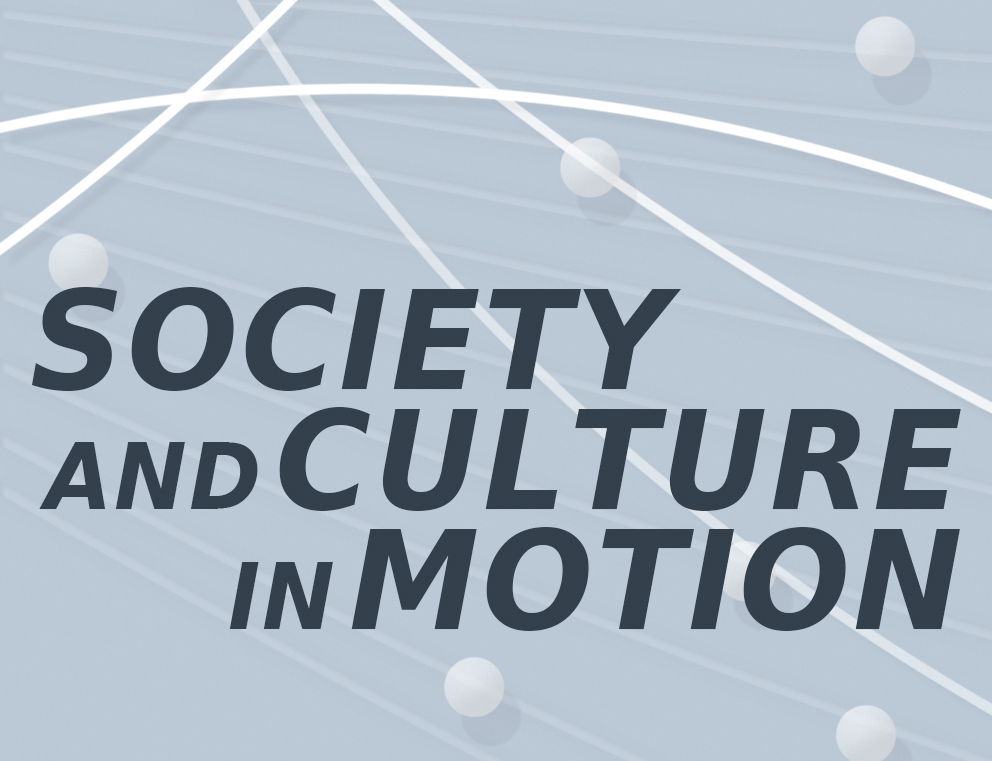A few introductory remarks on Bakhtin and Intertextuality
by Dr. Hans Harder
Mikhail Mikhailowich Bakhtin (1895-1975) was primarily a literary scholar who taught in Moscow. In 1929, the year his famous study on Dostoevskij (Problemy poetiki Dostoevskogo, numerous translations) appeared, he was banned to Kasakhstan for political reasons. His second major work, on Rabelais (Tvorcestvo Fransua Rable: English as ’Rabelais and his World’), was finished in 1940, but could not be published before 1965 when he was politically rehabilitated by some of his former pupils. Bakhtin died 1975 in Moscow.
The word "inter-textuality" does, to my knowledge, not appear in his writings; nevertheless he is of seminal importance for inter-textuality studies. Bakhtin’s fame is mostly due to the reception by postmodernist theorists such as the Bulgarian scholar Julia Kristeva, who is supposed to have introduced his writings to Roland Barthes’ seminar in Paris; Kristeva based her own theory of inter-textuality on Bakhtin’s ideas on "dialoguicity".
The "dialogic" features prominently in Bakhtin’s study of Dostojewskij: he describes it as a mode of writing which grants individual voices to characters without the interference of the narrator/author. It is, in Bakhtin’s view, connected with the genre of the novel, and stands in contrast to various monophonic genres such as the epic or the poem. In the long run, however, such thoughts do not remain restricted to the novel, and lead Bakhtin to highly visionary ideas regarding the nature of literature and, more generally, human communication.
This visionary quality is most conspicuous in his late essays. The one chosen for this session (’A Method for the Human Sciences’, in: Bakhtin, Mikhail Mikhailovich (1994): Speech Genres and Other Late Essays; Austin: University of Texas Press; 159-72) is obviously a draft, consisting of notes made in 1970-71, that was published posthumously. It is so dense with ideas that it could provide the starting point for many books, containing, as it does, fundamental ideas and questions bordering on such areas of knowledge as ontology, hermeneutics and philosophy of science. I would in the present context like to restrict myself to bringing out what it has to say on the topic of intertextuality.
The key terms in this text are dialogue and polyphony. Bakhtin is not concerned here with single texts, but rather attempts to get the "whole picture" of what texts actually are and how they relate to each other and to their (perpetually changing) contexts. "Meta-linguistics" is the term he uses for the discipline he wants to call into existence. Three points are especially relevant in our context:
I The dialogic nature of texts
Bakhtin’s is a vision of the world as dialogic and polyphonic. The world is not a static, readymade thing, but an "event" (’Methodology’, 162), and human life is a dialogic exchange of individuals in the sense of an open and open-ended process. In this scheme texts appear as one type of utterances: utterances that are conceived as ACTS in a given context to a specific end. Bakhtin thus furnishes, in ’Methology’, a visionary contemplation of a world made up of textual utterances that are in constant contact with one another; that borrow from, appropriate, relate to, demand from and contradict each other. For Bakhtin, the dialogic contact of a text with another text (or context) is "life"; and it is when it is joined "to a dialogue" that a "light flashes" (’Methodology’, 162). Such a dialogue can take place inside the reader who reads a text into a specific context; it can also be formalised as a commentary, or take place in interaction with symbolically encapsulated words (e.g. the word of God, ’Methodology’ 163).
The monologic, monophonic, by contrast, is more temporary and exceptional from Bakhtin’s perspective. A monologic statement, utterance or text necessarily has to appropriate words and meanings from language – with language understood as something belonging to all and to the "others". These words and meanings may then temporarily be subordinated to a monologue: a monologue which then enters into dialogic relations again. In fact, "every word exceeds the boundaries of the text", and can only be understood through a correlation with other texts (’Methodology’, 161).
These ideas are fundamental because they shift the emphasis from the "unity of the text" towards the space "between the texts"; it is the text in dialogue that is active and alive, and very radically it is the dialogic in a text that deserves to be looked at.
II The text as personal, individual
Live happens when a text meets the otherness of another text or context, and a text is necessarily personal; any true understanding of a text is historical and personified as a kind of interpersonal dialogue (’Methodology’, 162). The reification into impersonal, general rules kills the text (this goes against dialectic materialism, Hegel, but equally against formalists and structuralists; cf. p.169). The author and reader functions of structuralism are ideal and impersonal, and therefore erase the otherness that makes a text happen. A "relative rationalization" is possible, but meaning "cannot be dissolved into concepts" (’Methodology’, 160). This leads to the third and last point:
III The dialogic as precondition of any human sciences
Exact sciences deal with things, and the observant researcher is the only subject involved. Things here are voiceless. In the human sciences this is more complex: a subject cannot be studied as a thing, it cannot become voiceless (’Methodology’, p.161). Therefore understanding must be dialogic; reification is reductionism.
This, it appears, may be read as a call to self-reflected reasoning and a paradigm of inter-subjectivity rather than objectivity. There is an absence of one single truth here, and a multitude of links to postmodernist epistemology.
"I hear voices in everything and dialogic relations among them" (’Methodology’, p.169): this sentence reads like a mantra of intertextual studies, and might prove to be a good starting point when penetrating into a text for any textual scholar.





